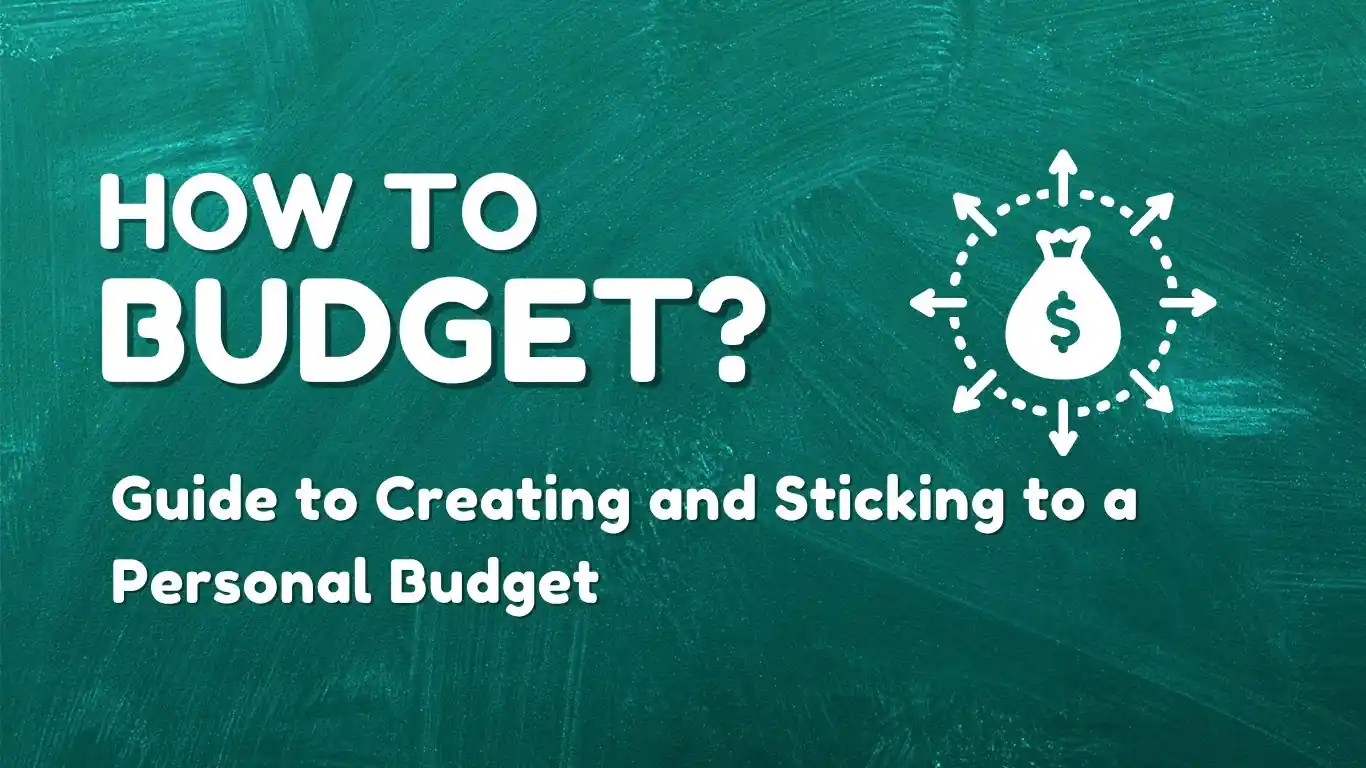
Are you tired of living paycheck to paycheck and struggling to make ends meet? Do you want to take control of your finances and achieve your short-term and long-term financial goals? If so, learning how to budget is the key to success. In this comprehensive guide, we’ll walk you through the steps to create a personal budget that works for you and provide tips on how to stick to it over time.
What is a Budget?
A budget is a financial plan that helps you manage your income and expenses. It’s a tool that allows you to track your spending, set financial goals, and make informed decisions about how to allocate your money. By creating a budget, you can ensure that you’re living within your means and making progress towards your financial objectives.
How to Create a Personal Budget
Step 1: Calculate Your Net Income
The first step in creating a personal budget is to determine your net income. This is the amount of money you take home after deductions like taxes, retirement contributions, and health insurance premiums. If you’re self-employed or have irregular income, calculate your average monthly income over the past year.
Step 2: Track Your Spending
Next, track your spending for at least one month. Use credit card and bank statements to categorize your expenses into fixed costs (rent, utilities, car payments) and variable expenses (groceries, entertainment, dining out). Don’t forget to include occasional expenses like gifts, vacations, and car repairs.
Step 3: Set SMART Financial Goals
Before creating your budget, set SMART (Specific, Measurable, Achievable, Relevant, Time-bound) financial goals. These could include paying off debt, building an emergency fund, saving for a down payment on a house, or investing for retirement. Having clear goals will help you prioritize your spending and stay motivated.
Step 4: Use the 50/30/20 Rule
A popular budgeting technique is the 50/30/20 rule. This approach suggests allocating 50% of your income towards needs (housing, food, transportation), 30% towards wants (entertainment, dining out, shopping), and 20% towards savings and debt repayment. Adjust these percentages based on your unique financial situation and goals.
Step 5: Create Your Budget
Now it’s time to create your budget. Start with your net income and subtract your fixed expenses. Then, allocate the remaining money towards your variable expenses and financial goals. Make sure your income minus your expenses equals zero (zero-based budgeting). If you have money left over, consider increasing your savings or debt repayment. If you’re over budget, look for areas to cut back on discretionary spending.
Step 6: Automate Your Finances
To make budgeting easier, automate your finances as much as possible. Set up automatic transfers to your savings account and retirement accounts. Use online bill pay to ensure your bills are paid on time. Consider using budgeting apps or software to track your spending and stay on top of your budget.
How to Stick to Your Budget Creating a budget is just the first step. To see real results, you need to stick to your budget over time. Here are some tips to help you stay on track:
- Review your budget regularly: Review your budget at least once a month to ensure you’re staying on track. Make adjustments as needed based on changes in your income or expenses.
- Track your spending: Keep track of your spending throughout the month. Use budgeting apps, spreadsheets, or a simple notebook to record your expenses.
- Find an accountability partner: Share your budget and financial goals with a trusted friend or family member. Having someone to hold you accountable can help you stay motivated and committed to your budget.
- Celebrate your wins: When you reach a financial milestone or stay within your budget for a month, celebrate your success. Treat yourself to a small reward or do something fun with friends or family.
- Be flexible: Life happens, and unexpected expenses will come up. Don’t beat yourself up if you go over budget occasionally. Instead, adjust your budget for the next month and keep moving forward.
- Avoid lifestyle inflation: As your income grows, resist the temptation to increase your spending. Instead, allocate extra money towards your financial goals or long-term savings.
Conclusion
Learning how to budget is an essential skill for anyone who wants to take control of their finances and achieve their financial goals. By following the steps outlined in this guide and staying committed to the process, you can create a budget that works for you and start making progress towards your dreams. Remember, budgeting is a journey, not a destination. Stay focused on your goals, be flexible when needed, and celebrate your victories along the way.
FAQs
What’s the best way to track my spending?
There are many ways to track your spending, including budgeting apps, spreadsheets, or a simple notebook. Choose a method that works for you and stick with it. The key is to be consistent and record every expense.
How often should I review my budget?
It’s a good idea to review your budget at least once a month. This will help you stay on track and make adjustments as needed based on changes in your income or expenses.
What if I have irregular income?
If you have irregular income, calculate your average monthly income over the past year. Create your budget based on this average, and adjust your spending as needed based on your actual income each month.
How can I cut back on discretionary spending?
Look for areas where you can reduce your spending without sacrificing your quality of life. This could include dining out less often, canceling subscriptions you don’t use, or finding free or low-cost alternatives for entertainment.
What if I go over budget one month?
Don’t get discouraged if you go over budget occasionally. Adjust your budget for the next month and look for areas where you can cut back on spending. Remember, budgeting is a process, and it takes time to get it right.
